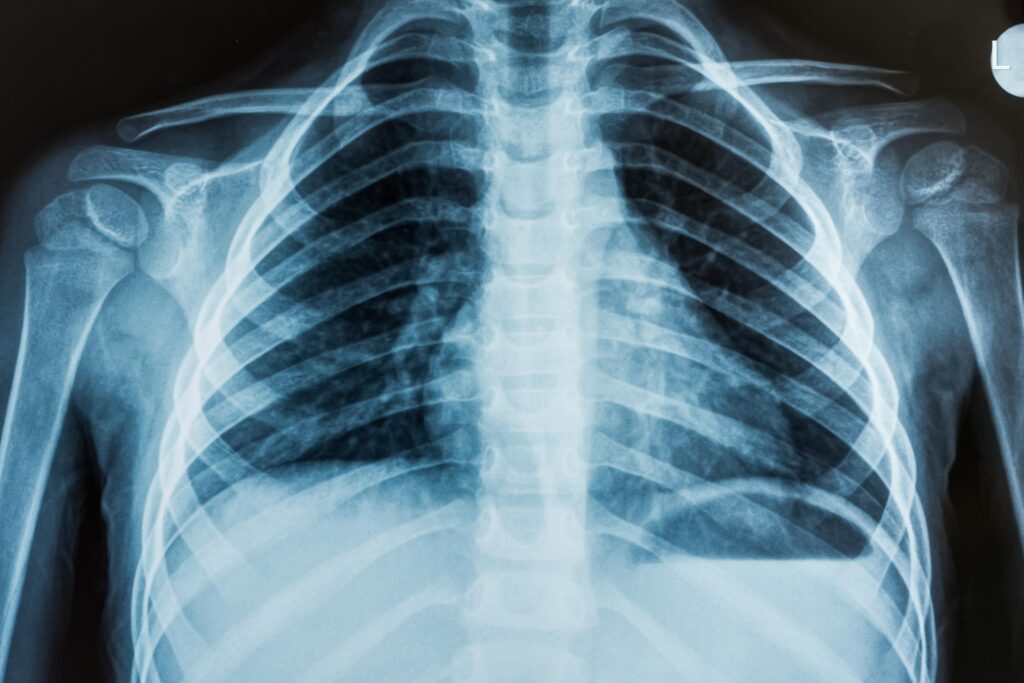
Overview:
X-ray imaging is a diagnostic tool that uses radiation to produce images of the internal structures of the body, particularly bones and certain soft tissues. It is a vital component of medical diagnostics, providing valuable information for identifying fractures, infections, tumors, and other conditions. X-rays are non-invasive and relatively quick, making them a common first step in the evaluation of various health issues.
Causes:
X-ray examinations are commonly performed for a range of reasons, including the evaluation of traumatic injuries (such as fractures from falls or accidents), assessment of chronic conditions (like arthritis), and diagnosis of respiratory diseases (such as pneumonia). They may also be used to guide certain procedures, such as joint injections or the placement of catheters.
Symptoms:
Patients may be referred for an X-ray due to symptoms such as persistent pain, swelling, limited mobility in a joint, or unexplained weight loss. For respiratory concerns, symptoms like cough, difficulty breathing, or chest pain may prompt an X-ray to rule out conditions like pneumonia or lung tumors. X-rays help provide clarity when physical examinations and other tests are inconclusive.
Treatment:
While X-rays themselves are diagnostic, the findings can lead to various treatment options depending on the condition identified. For fractures, treatment may involve immobilization with casts or splints, while infections might require antibiotics. Tumors or abnormal growths may lead to further imaging or biopsies. X-ray results guide physicians in developing appropriate treatment plans tailored to the patient’s needs.
Precautions:
Patients should inform their healthcare provider of any possibility of pregnancy before undergoing an X-ray, as radiation can pose risks to developing fetuses. Additionally, patients with a history of allergies to contrast materials should discuss this with their physician if contrast-enhanced X-rays are planned. Adhering to instructions regarding fasting or medication before the procedure, if applicable, ensures optimal imaging results.
Prevention:
To minimize the need for X-ray imaging, patients can engage in preventive health measures such as maintaining a healthy lifestyle, practicing safety during physical activities, and adhering to prescribed treatments for chronic conditions. Regular check-ups can help monitor health and catch potential issues early, reducing the need for diagnostic imaging.
For comprehensive X-ray services, visit The Unique Hospital in Lucknow, where advanced imaging technologies are available to ensure accurate diagnostics. The hospital offers a range of imaging services, including digital X-rays, with prompt reporting and interpretation by qualified radiologists. With budget-friendly options, Ayushman card acceptance, ambulance services, and 24/7 doctor availability, The Unique Hospital is committed to providing efficient and reliable care for all patients.
